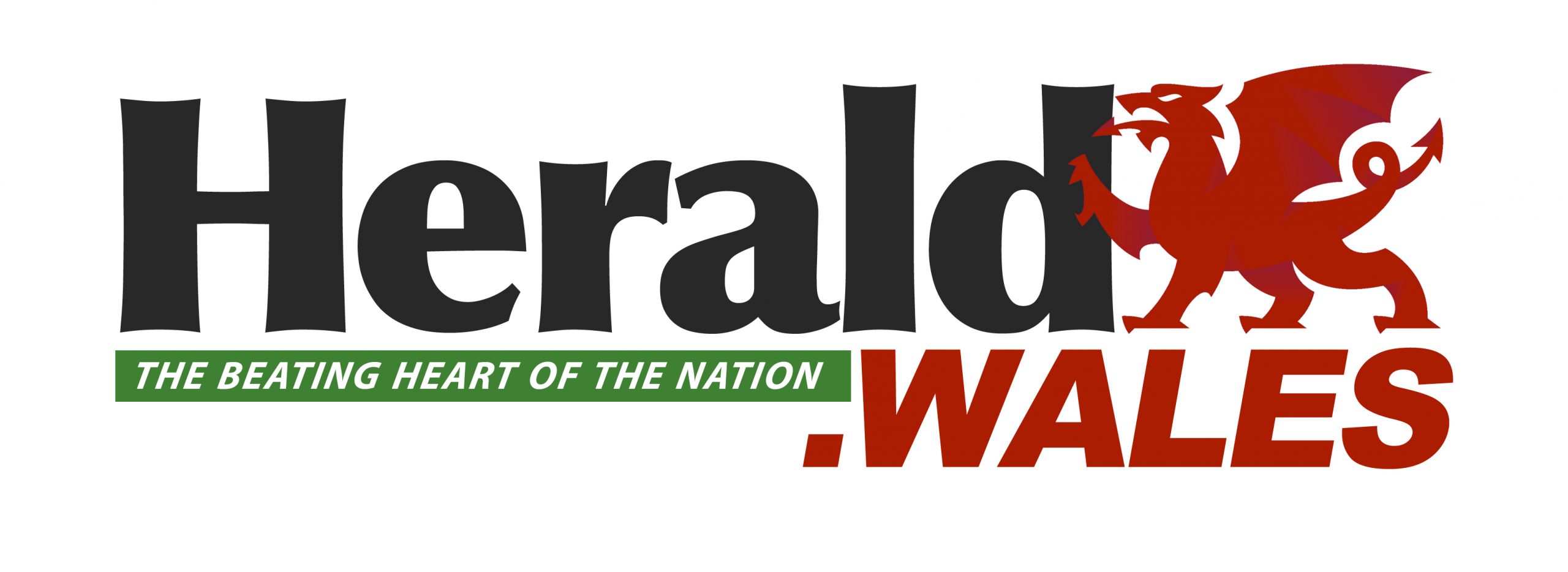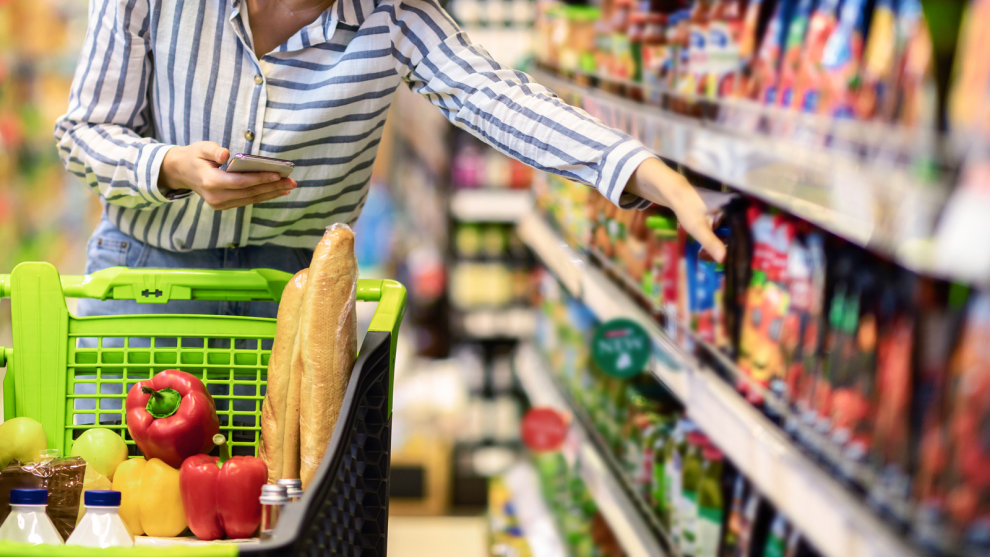GROCERY prices have risen at their slowest pace since October 2021. Yet, consumers are still feeling the pinch of the cost-of-living crisis, recent data reveals.
According to analysts Kantar, supermarket prices are now 2.4% higher than a year ago. This marks the 15th consecutive month of slowing inflation, down from April’s 3.2%. Grocery inflation currently sits just 0.8 percentage points above the ten-year average of 1.6% before the price surge began.
Despite this slowdown, cheaper own-label supermarket products remain popular, making up over half (52%) of total spending. Premium own-label ranges have also seen a sales increase of 9.9% compared to last year.
Fraser McKevitt, head of retail and consumer insight at Kantar, explains: “Grocery price inflation is gradually returning to more normal levels. Typically, when inflation hits around 3%, we see changes in shopping habits. Shoppers tend to opt for cheaper items when prices rise above this mark, and vice versa. However, after nearly two and a half years of rapid price increases, it might take a while for consumers to adjust their spending habits.”
Data shows that during the early May bank holiday weekend, consumers indulged in barbecue essentials, with burger sales up by 13% and beer and wine sales rising by 9% and 21% respectively compared to the previous week.
Ocado remains the fastest-growing grocer, with sales up by 12.4% over the 12 weeks ending 12th May. This growth far outpaces the total online market’s 5.4% increase.
Lidl achieved a record-high market share of 8.1%, partly thanks to its bakery counters and loyalty scheme. Tesco, the UK’s largest grocer, now commands 27.6% of the market, with sales growing by 5.6%. Sainsbury’s also saw a 5.6% increase in sales, now claiming 15.1% of the market share.













